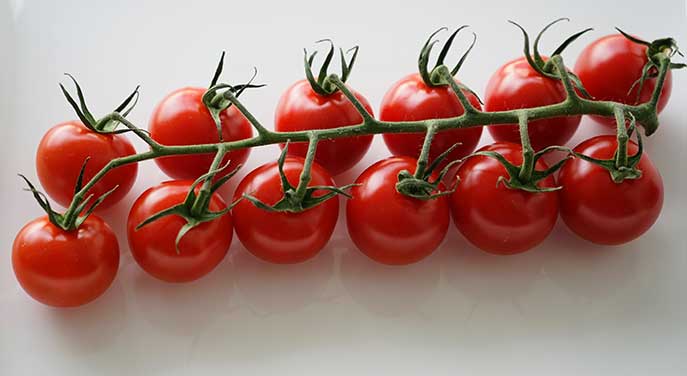 Health Canada is reportedly likely to treat gene-edited crops differently than genetically-modified crops, or GMOs. That would be the right move.
Health Canada is reportedly likely to treat gene-edited crops differently than genetically-modified crops, or GMOs. That would be the right move.
That means the oversight provided by the Canadian Food Inspection Agency would look very much like what we see for conventionally-bred crops.
This issue is obviously far removed from consumers, but it will certainly affect them.
Genetic modification is different from gene editing. Genetic modification typically involves artificially inserting genes into the genome of a plant or animal. Gene editing can instantly, in a very targeted way, edit parts of a genome by eliminating, correcting or adding sections to a plant’s DNA.
Gene editing typically doesn’t involve introducing genes from other species, but these techniques allow quite complex control of an organism’s genome. With gene editing, many years of research can be saved by doing similar adjustments through conventional breeding.
Biological and anti-GMO enthusiasts will claim both are the same. They simply aren’t.
Many countries, including some in Europe, are rewriting regulations for genetically-modified seeds to reflect what gene editing can do. This biological compromise is different from unnaturally crossing breeds to create a new plant.
This is welcome news for everyone, including consumers who barely understand the ramifications of such a decision.
Gene editing will impact agriculture and make our farms more efficient.
| RELATED CONTENT |
| Wheat makes the world go round By Pat Murphy |
| $2M boost for the development of new varieties of wheat By Bev Betkowski |
| New strains of wheat sought with built-in resistance to wheat midge By Adrianna MacPherson |
Consumers will benefit from gene editing without realizing it. By making crop production more efficient, yields can increase while using less land, less water and fewer natural resources. Gene editing can make agriculture even more sustainable.
By tweaking the DNA of plants, crops can adapt faster to climate change, a huge boost for a sector highly vulnerable to Mother Nature’s wrath. Plants can be designed to resist drought, diseases and pathogens, helping farmers in Canada and other parts of the world where farmers are often impoverished by climate change. Banana production is a good example.
In addition, gene editing can change the nutritional composition of a plant for the better. For plant-based aficionados, protein content in crops can be increased to make processing products more efficient and cheaper. Fat content in crops can also be lowered, which would mean less processing for the food we buy.
The food we waste is the one bill we never get but always pay as consumers, and gene editing can help on that front, too. Lettuce, mushrooms and tomatoes would have a longer shelf-life as they could ripen later. Supply-chain woes are shortening the shelf-life of many foods we buy at retail. Gene editing can help.
If you have allergies or intolerances, gene editing can also play a role. For example, non-gluten wheat can make bread and pasta edible for those who suffer from celiac disease. More than three million Canadians say they have at least one food allergy and a million others have food intolerances. Science can make some food less frightening for millions of Canadians. The possibilities are endless.
But gene editing is no panacea for all our ills in food. Fear-mongering groups have already started to express concerns about gene editing. And to a certain extent, these groups are right that more research is needed and that we should move forward with extreme caution. Nothing is absolute or perfect in science, and we need to appreciate the risks involved with gene editing over time.
The other challenge is transparency. Every day, we’re exposed to food products that include genetically modified ingredients without knowing where they are.
Over 75 percent of food products sold in Canadian grocery stores can contain some genetically-modified ingredients but labels make no mention of it. There’s a good chance, for example, that you’ve eaten genetically-modified salmon without knowing it. That’s perfectly legal.
To get consumers to befriend technologies that make agriculture more efficient and more beneficial for us all, the least we can do is let consumers appreciate how farmgate practices upstream benefit them.
It’s a concern that the majority of consumers don’t care about or they don’t understand these technologies. For more awareness, identifying genetically-engineered or edited ingredients at retail is the least we can do.
Dr. Sylvain Charlebois is senior director of the agri-food analytics lab and a professor in food distribution and policy at Dalhousie University.
For interview requests, click here.
The opinions expressed by our columnists and contributors are theirs alone and do not inherently or expressly reflect the views of our publication.
© Troy Media
Troy Media is an editorial content provider to media outlets and its own hosted community news outlets across Canada.


